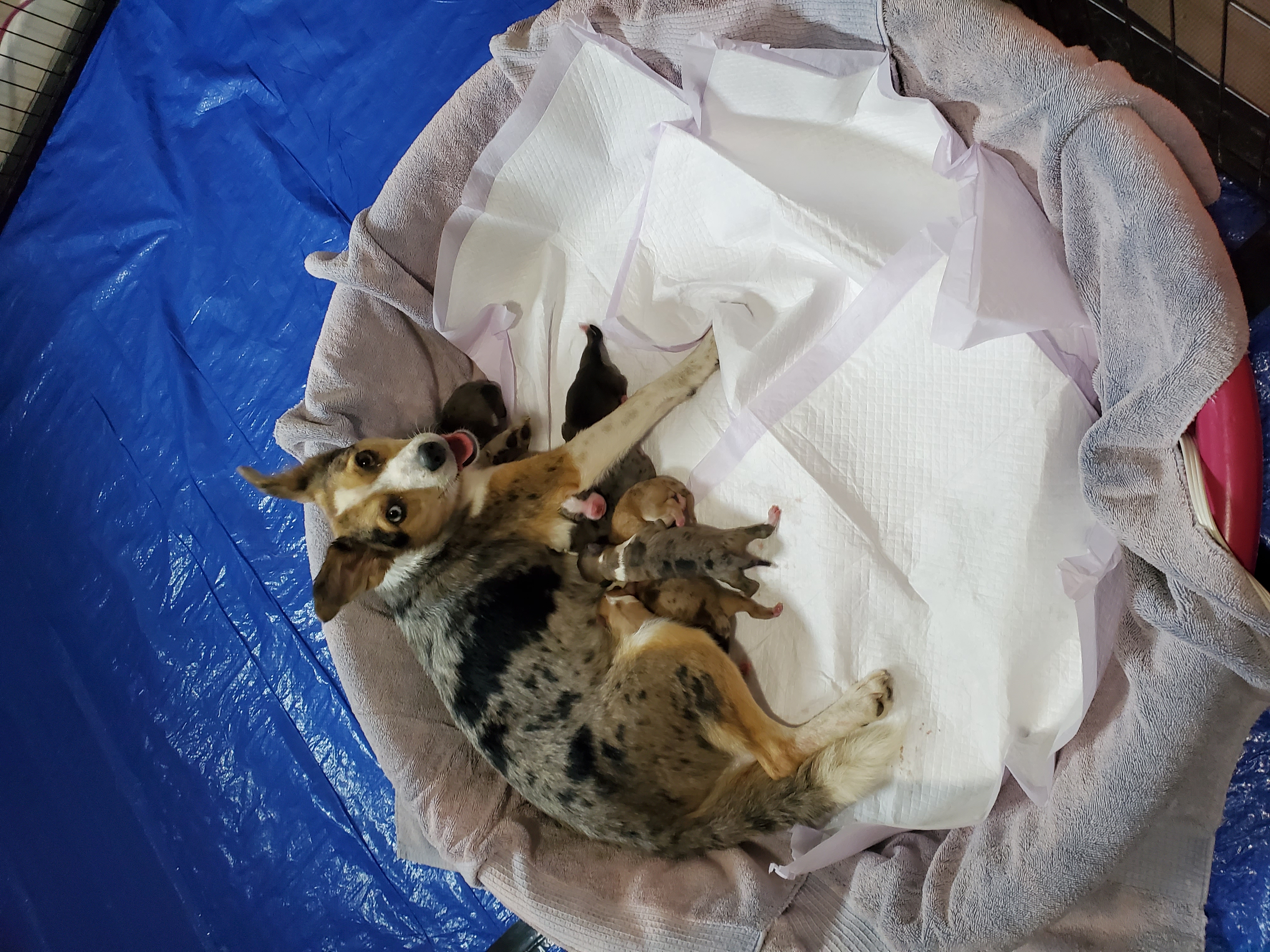
Volunteering to whelp a pregnant mama dog can be one of the most helpful things to a rescue. The willingness to take on a mama and her mystery number of babies will bring an overwhelming feeling of accomplishment, once every is grown and off to their new homes. Here is a list of everything you will need to have and to know to be the best pregnant mama dog!

Preparation For Your Pregnant Mama Dog
As a foster, being prepared is key! The more you have ready to go, the less stressed your pregnant mama dog will be. Trying to throw everything together while you have your foster dog can cause you stress and your foster dog will feed into that. Especially if pregnant with already heightened hormones. Supplies are the most important!
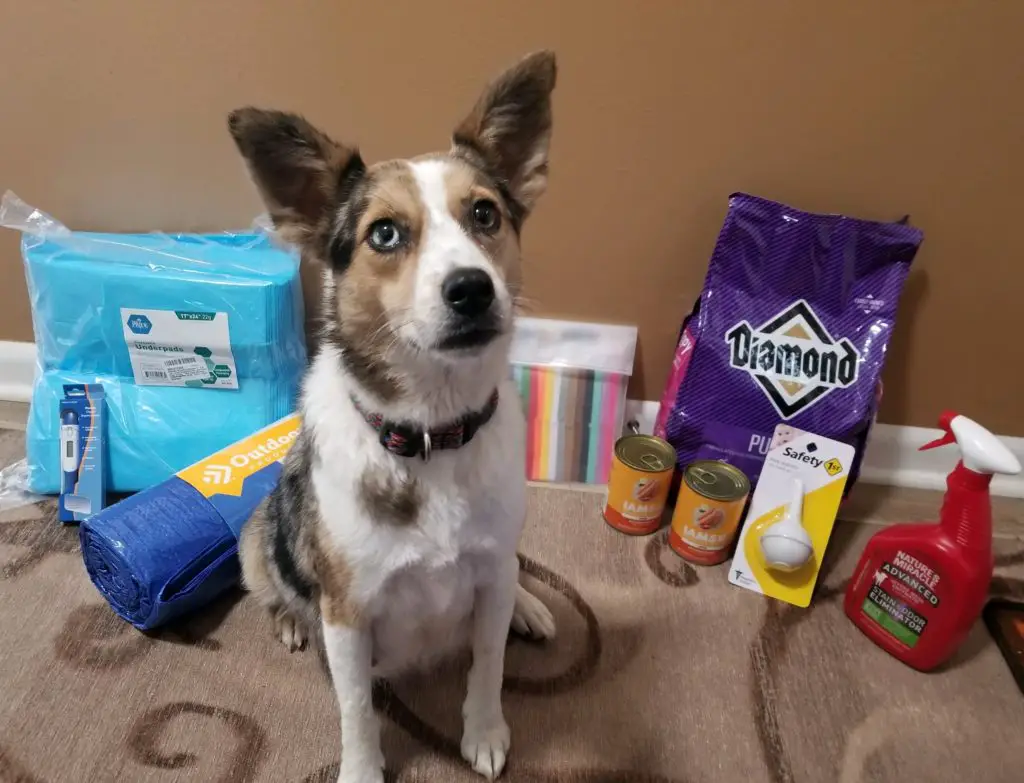
Supplies
Whelping Set-Up Supplies
Playpen – Having a sturdy playpen is great because it can keep your foster confined to one area but gives her enough space she needs.
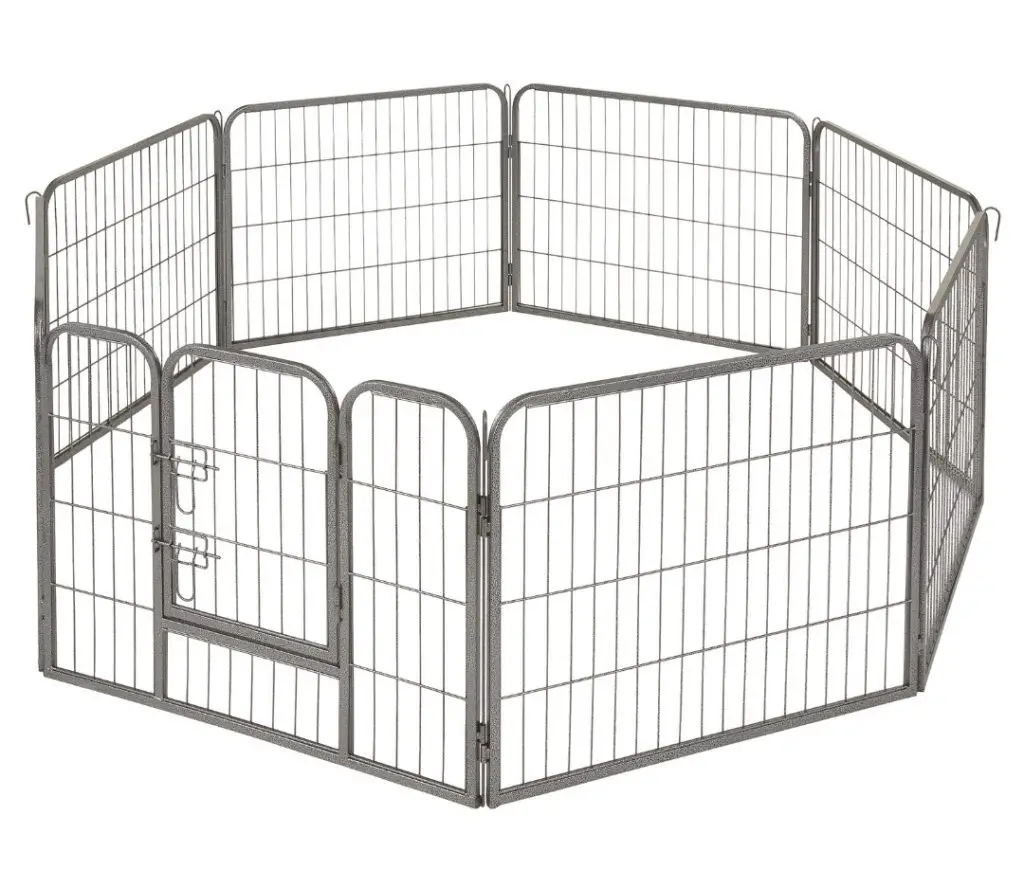
Tarps – This process is going to be messy, from birth to raising the puppies. Grab a heavy duty tarp for the base of your foster area. This way your floors are nice and protected.
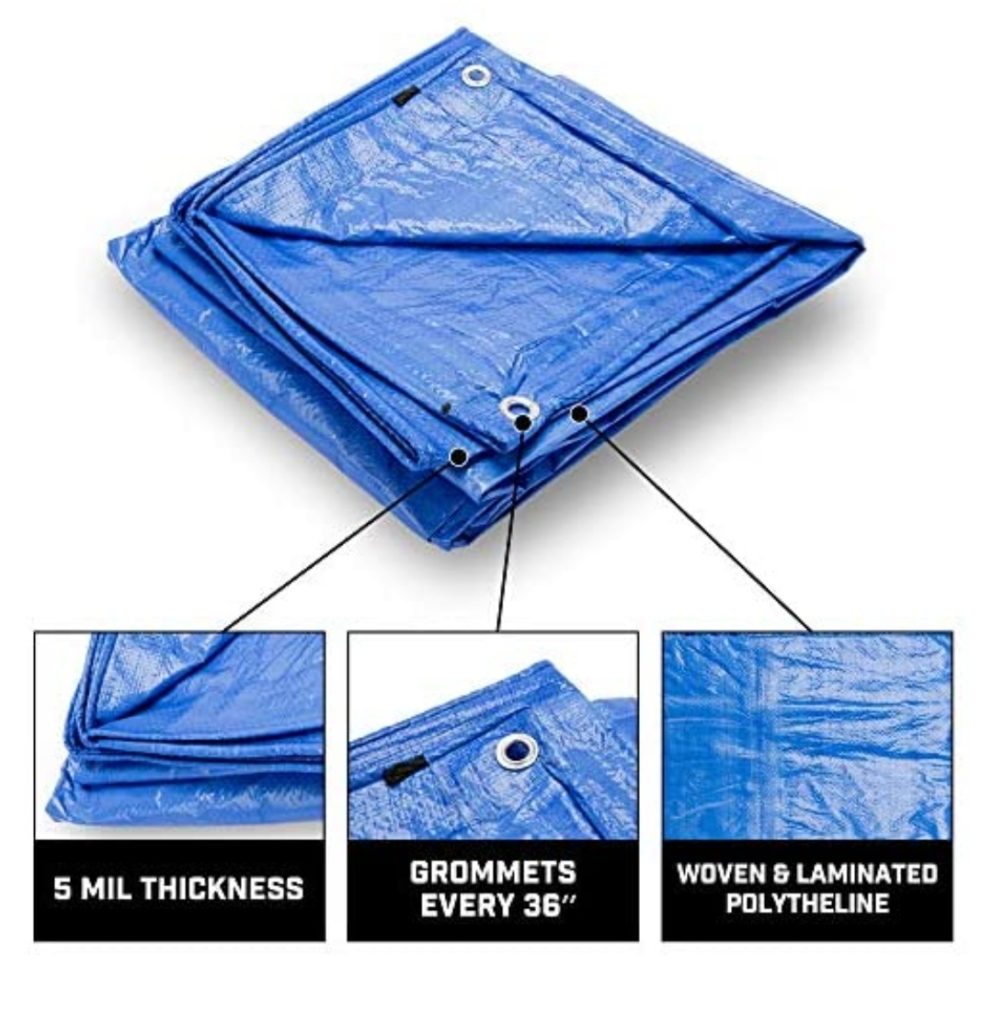
Kiddie Pool or Whelping Box – When the babies are born, they are going to need a small area to stay in until they are big enough to walk around on their own. A kiddie pool or whelping box helps contain the little ones until they’re old enough to roam.
Heating Pad – Puppies are not able to create their own body heat until almost three weeks old. Place a heating pad in the whelping box, under towels. This keeps the babies warm while mama is not with them.
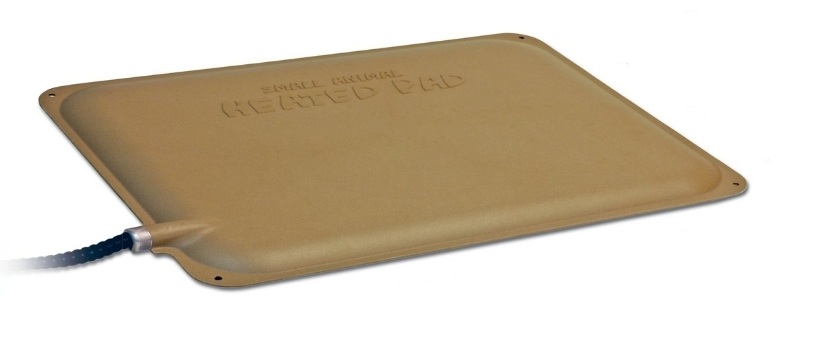
Space Heater – Another great tool to keep the babies’ body temperatures up until they can start creating their own body heat. This keeps the whole room warm, instead of just one spot.

Cleaning Supplies
Towels – To protect the babies from direct access to the heating pad, it is best to lay down old towels. This also creates a little comfort for the babies and mama while in the whelping box.

Puppy Pads or Newspaper – Things will get messy! Best to have puppy pads or newspaper down as the base for easy clean up. These work great for cleaning the aftermath of the birthing process and as puppies start using the bathroom.
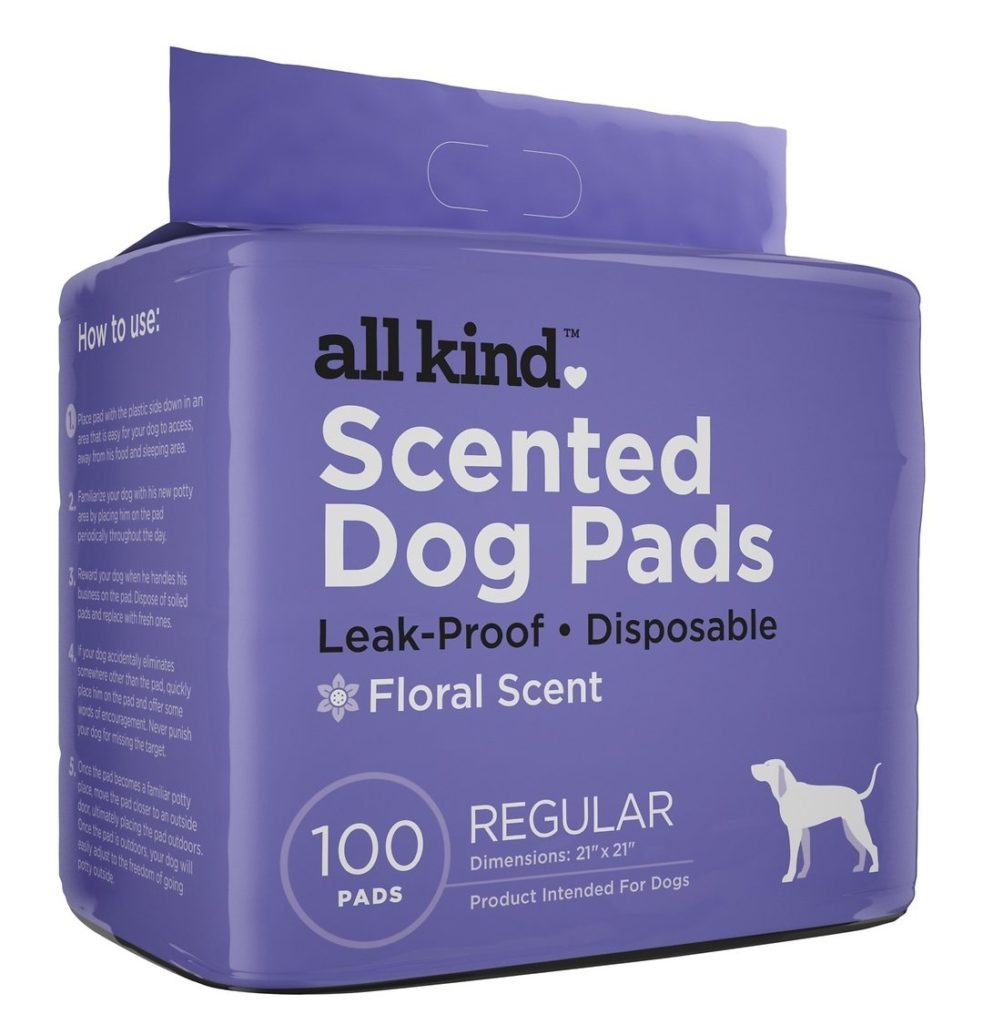
Disposable Gloves – During the birthing process, things will be messy. Having disposable gloves available will be great for quick clean up.
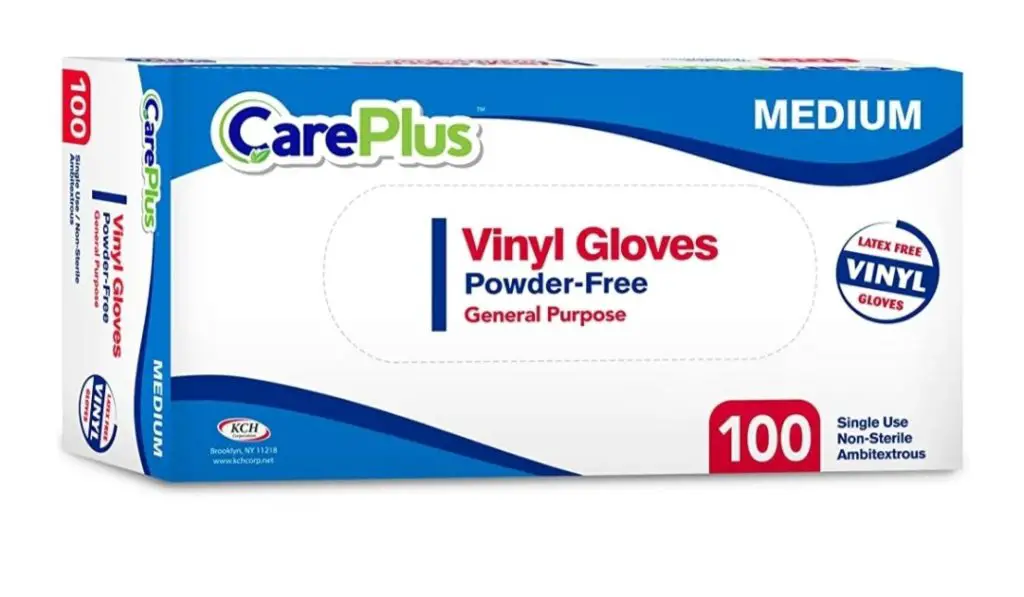
Baby Wipes – While the puppies are young, they will need to be cleaned every once in a while. Unscented baby wipes are a great and easy cleaning tool. You can even use them on mama after she is done birthing.

Nasal Aspirator – When the puppies are born, they will have fluids in their mouths and noses. Using this device helps clear their mouths for proper breathing.
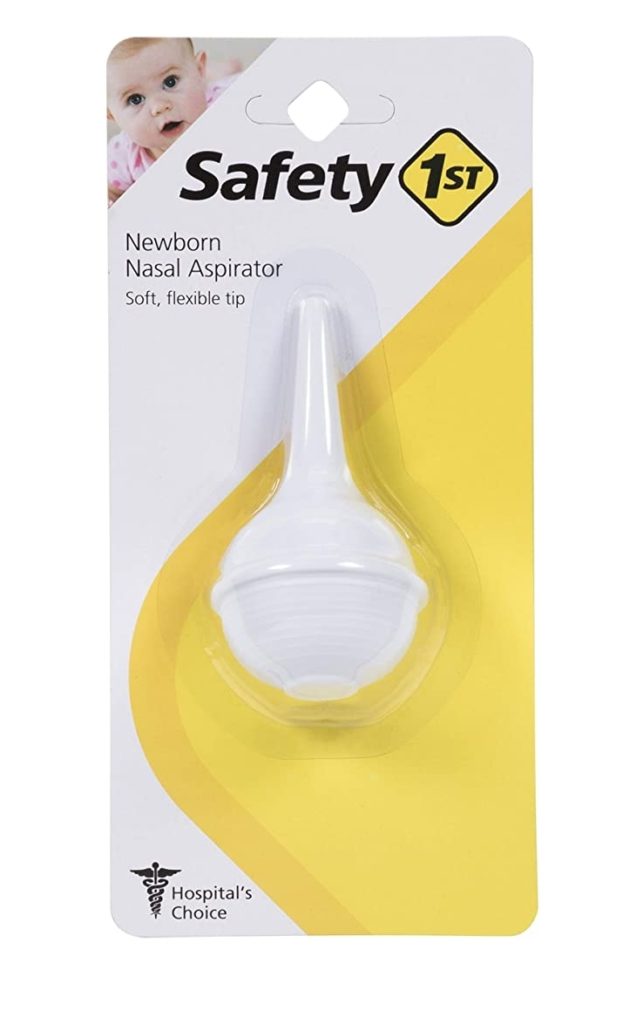
Sterile Scissors – As the pregnant mama dog is going through birth, she may have a difficult time chewing off the umbilical cords. Have clean scissors nearby so you can assist and cut the cords.
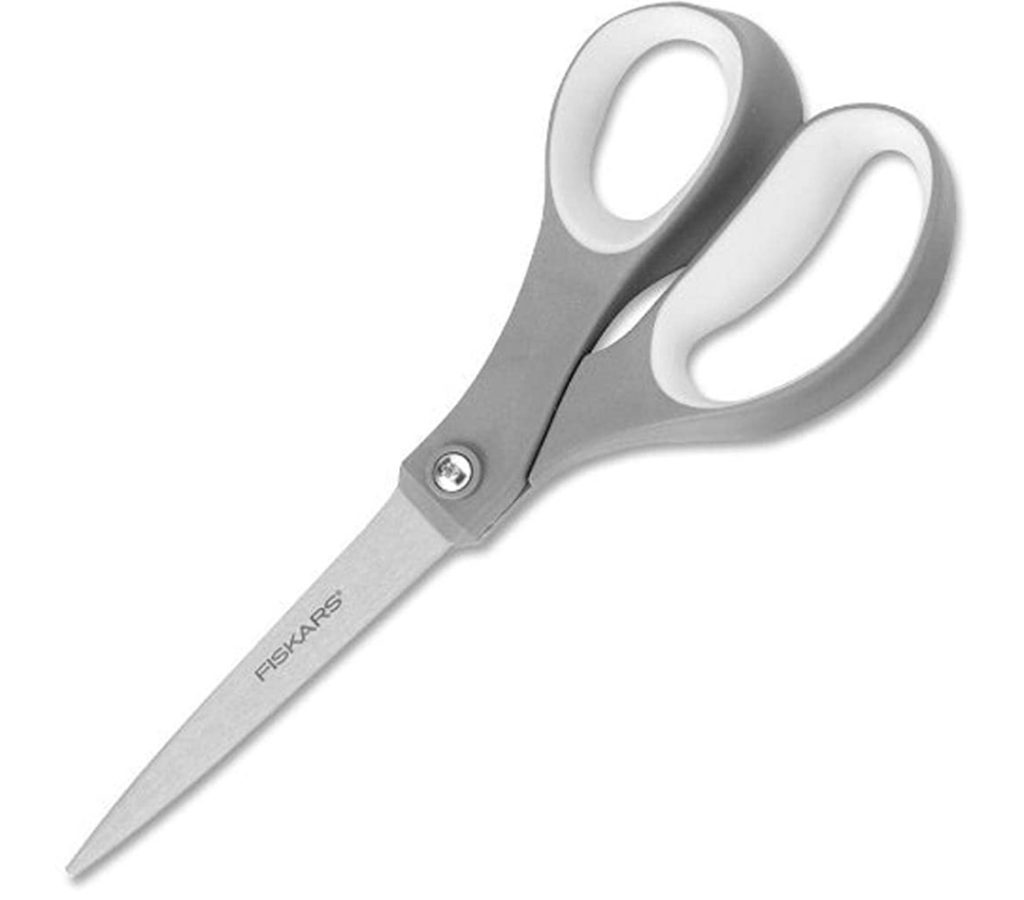
Care Supplies
Thermometer – You will need to get mama’s temperature towards the tail end of pregnancy (pun intended). Her temperature will start dropping when she is preparing for birth. A thermometer is also handy in case she gets an infection, then you’ll be able to tell quickly.

Food Scale – When you foster a litter of puppies this young their weights will need to be taken every day. A food scale is perfect for this because it is small and reads in pounds and ounces clearly. Best way to make this work is to tare a bowl or Pyrex dish and place the puppy inside that to weigh them.
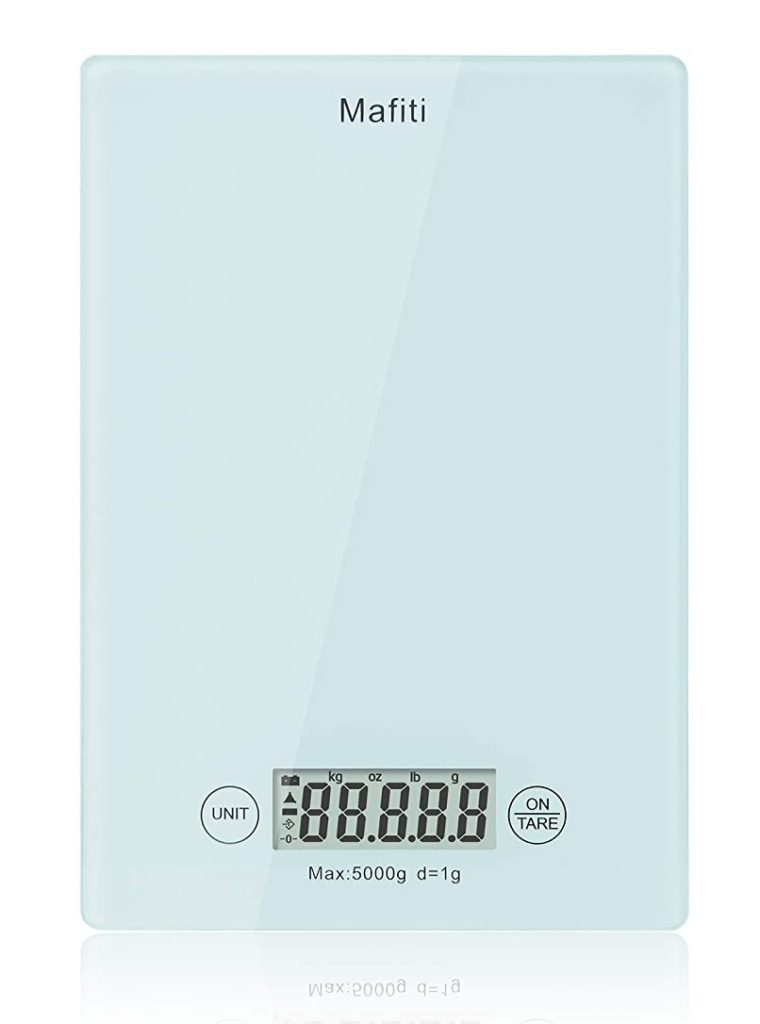
Puppy Nail Clippers – As the puppies grow, their nails will grow with them. Best practice is to keep them trimmed so that no poop gets caught under the nail, which can cause infections.

Whelping Collars – If you have a litter of puppies that all look the same, whelping collars will be a great help. They are small velcro collars you can put on the puppies so you know who is who. These are great when keeping track of puppy weights.
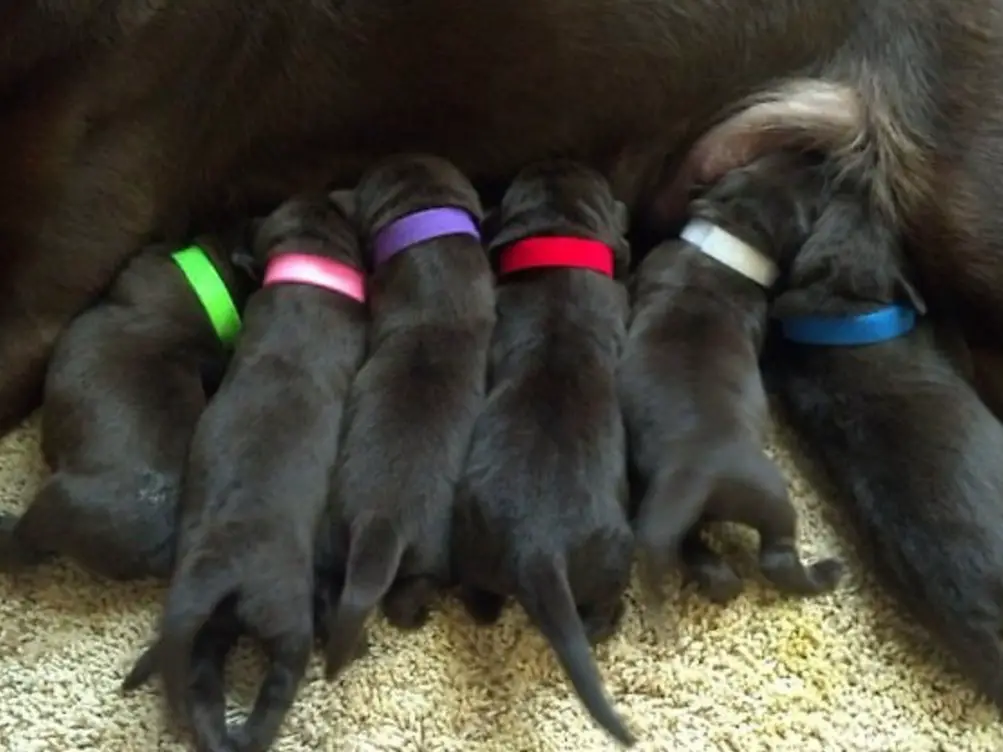
Calcium Snacks – When your pregnant mama dog is in labor, she will need a lot of calcium to help her through the birth. Yogurt, cottage cheese, evaporated milk mixed with water are all great snacks for her to munch on during and after labor.
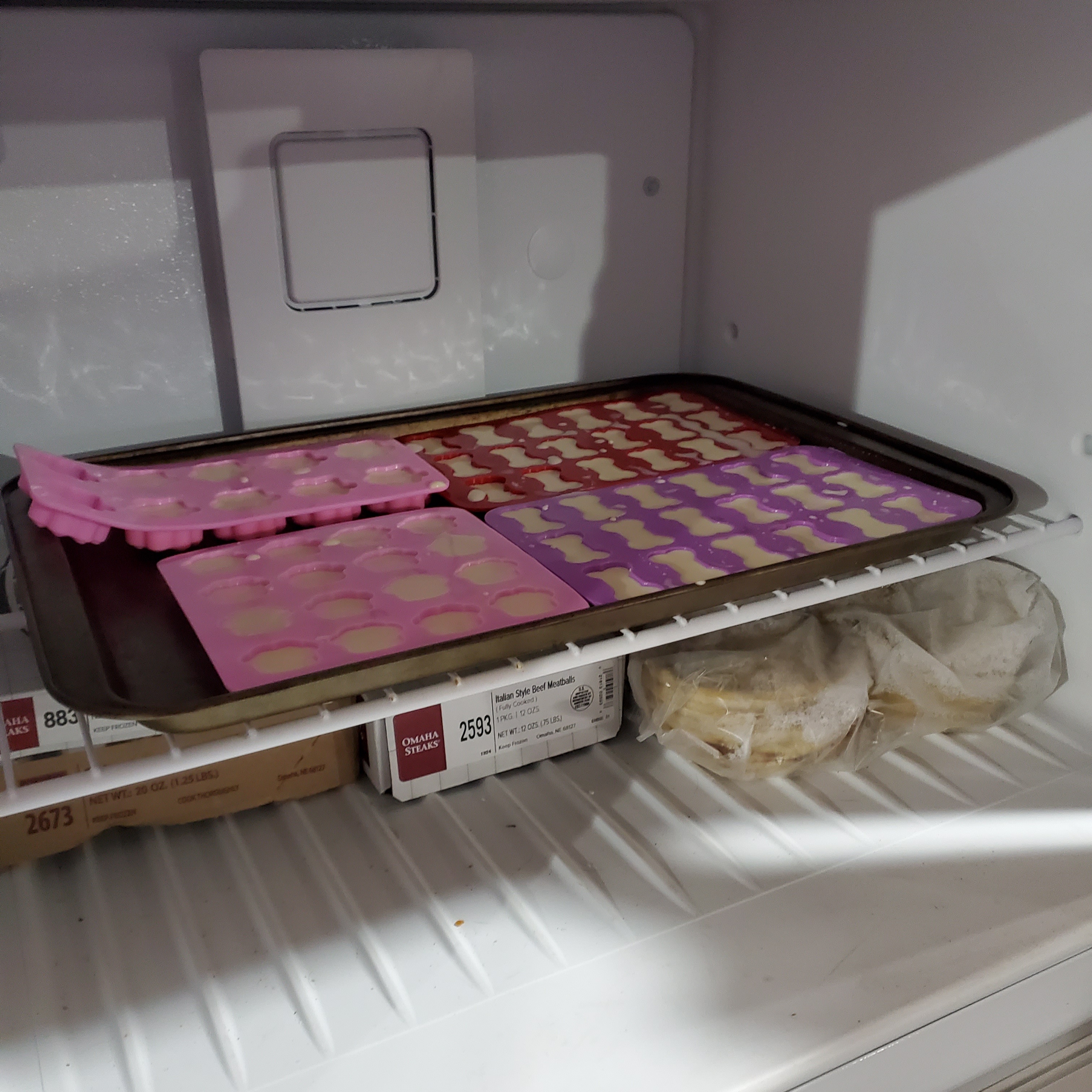
Puppy Food – Mama should be eating puppy food while pregnant. She is going to need the extra calories that are in the formula. There are feeding guides on most puppy food bags with instructions on how much to feed a pregnant dog.

Powder Puppy Formula – If the mama dog rejects the puppies or cannot produce milk, puppy formula will be necessary for the babies to eat. It is also helping during the process of weaning when they are older.

Your Whelping Room
When it comes to the location of where you want your foster mama to have the babies, quiet is key! A room away from all the house traffic that is nice and quiet is ideal for mama. She will want her own space where she can relax and not be bothered. A spare room is going to be the best bet because you can shut the door so the outside noise and visual stimuli is dampered.
Inside the spare room, lay out your tarp so it covers a majority of the floor. If you want, you can also place foam padding underneath the tarp so the floor of the whelping area is comfy. After that is laid out, set up a playpen. Make this area big enough for a whelping box on one side and an area for mama on the other side. If you mama likes a crate, place that in there for them to use as a safer spot to relax in.

The whelping box should be prepared with all things needed for clean up while labor is happening. Placing towels inside helps cushion the babies while they are being born. Line the entire thing with puppy pads or newspaper to absorb the labor discharges. These items are easy to replace while the mama dog is giving birth.
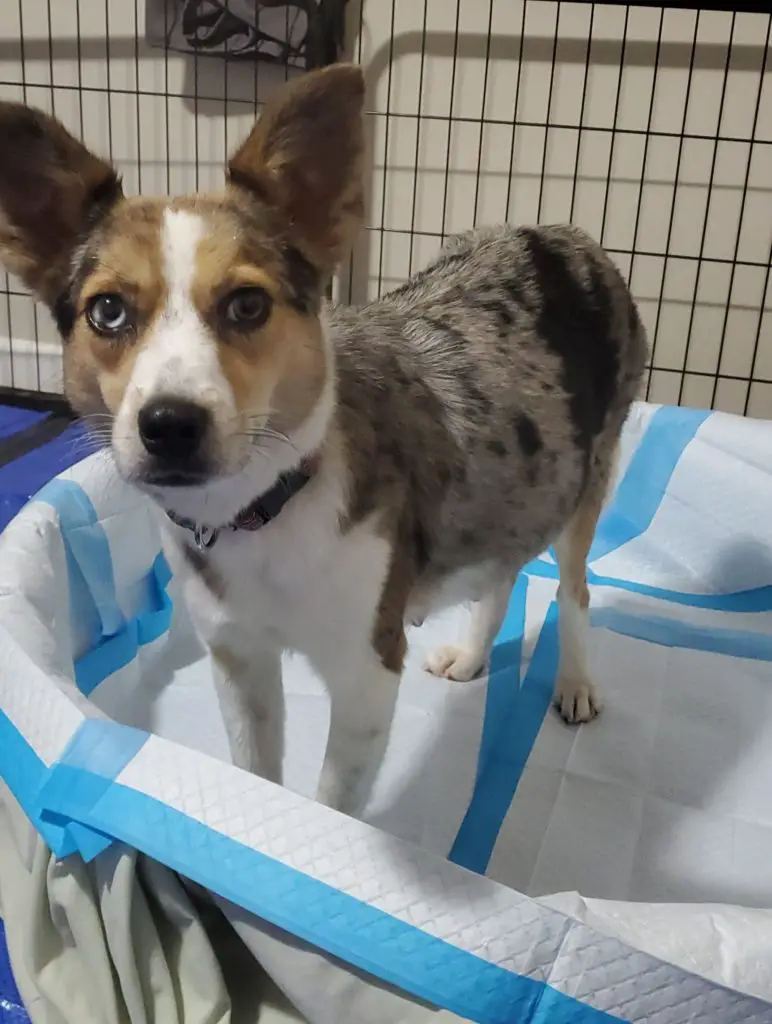
Caring For Your Pregnant Mama Dog
The average length of a pregnancy for a pregnant mama dog is 62-64 days. During that time there will be a lot of changes needed for the pregnant dog to be as healthy as possible for birth.
Nutrition
If your pregnant mama dog is at a healthy weight, there are no changes needed for the first two trimesters of the pregnancy. Maintain her normal feeding schedule as best as possible. If you increase the consumption of food too early, the mama can become overweight which can cause complications during the birthing process.
As mama’s weight starts to increase, that is when her food consumption should start to increase. Slowly introduce more and more food so that she is taking in between 35-50% more food a day. Best way to do this is four or more smaller meals throughout the day. Two larger meals can cause discomfort with so much going on in the belly region to begin with. Incorporating calcium snacks during this time period is a great idea as well!
Exercise
During the first two weeks of the pregnancy little to no exercise is ideal. The pregnant mama uterus is very delicate during these weeks and too much exercise can cause complications. After those days, mild exercise is healthy for mama. Slow paced, short distance walks are great! Right up until pregnancy too! Keeping up with this activity will increase the dog’s daily energy level which will help her keep up with raising a litter of puppies.
Social Interaction
Just like with exercise, limited interaction with other animals during the first two weeks of pregnancy is key. This way the mama dog is not stressed, which can cause complications. After that, the mama can interact with animal friends, with slow introductions if they are a new friend.
When it is two weeks away from birth, mama will need to be separate from other animals. During these weeks, hormones are high and sometimes pregnant mama dogs can gain maternal aggression. By separating her from others, she will be less stressed and have an easier time going through labor.
Labor
Signs of Labor
The days leading up to the puppies birthday you will see a lot of changes in the mama dog. She will stop eating about two days before the puppies are born. The pregnant mama dog will also start to build a “nest” in the whelping box. This is called nesting and it is when she moves around the towels and puppy pads with her paws or nose. She may also shred the towels and pads to create “stuff” for the puppies to hide in.
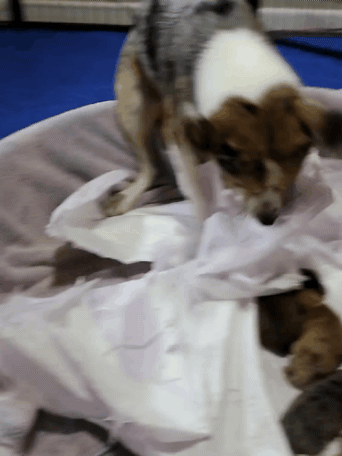
When it comes to labor day, the pregnant mama dog will start panting heavily and become very restless. Anywhere between 24 hours and 8 hours before labor begins, the mama dog’s temperature will drop. The average dog temperature is between 102.5 and 100 degrees. When her body is preparing for labor, her temperature will drop to 99 or lower degrees. Right before she gives birth there will be a heavy amount of discharge from her vaginal area as well.
During Labor
When mama starts to push, it’s game time! The first puppy may cause the mama to yelp. This is normal so do not worry. If mama chooses to give birth standing up, be there to try and catch the baby. It may be more comfortable for her to stand so just be prepared for incoming puppies.
Puppies Being Born
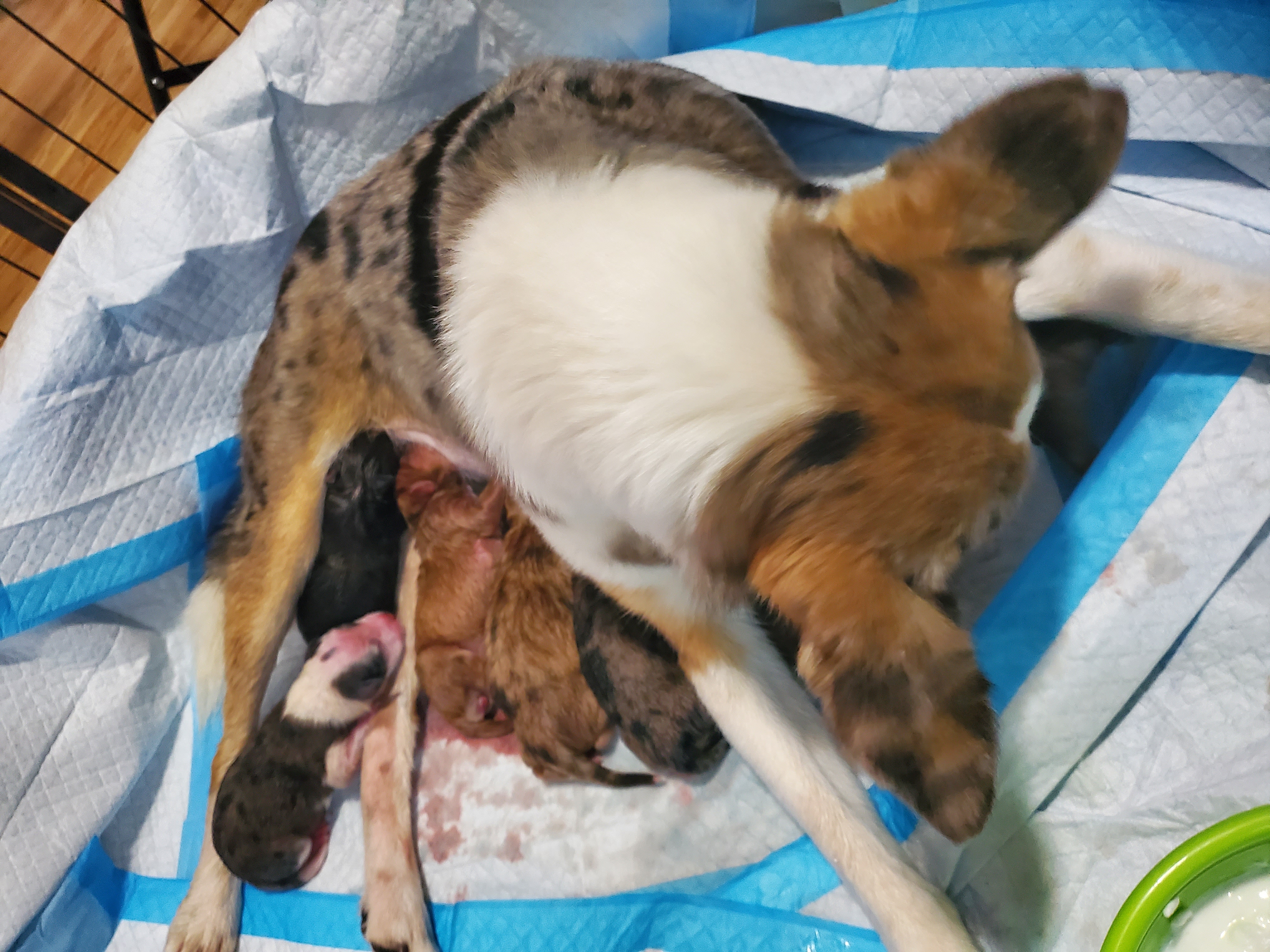
As the babies are born, the mama will break the sack open with her teeth and consume the sac around the puppy. Next, mama will break off the umbilical cord. If she does not, you will need to break the sac open and then get your sterile scissors and cut the cord about an inch away from the baby’s stomach. She will breathe into the puppy’s nose to encourage them to breathe on their own. She will also begin cleaning them by licking their stomachs and face. If she does not breathe or lick them, grab a towel and start rubbing their back with the towel to stimulate moving and breathing.
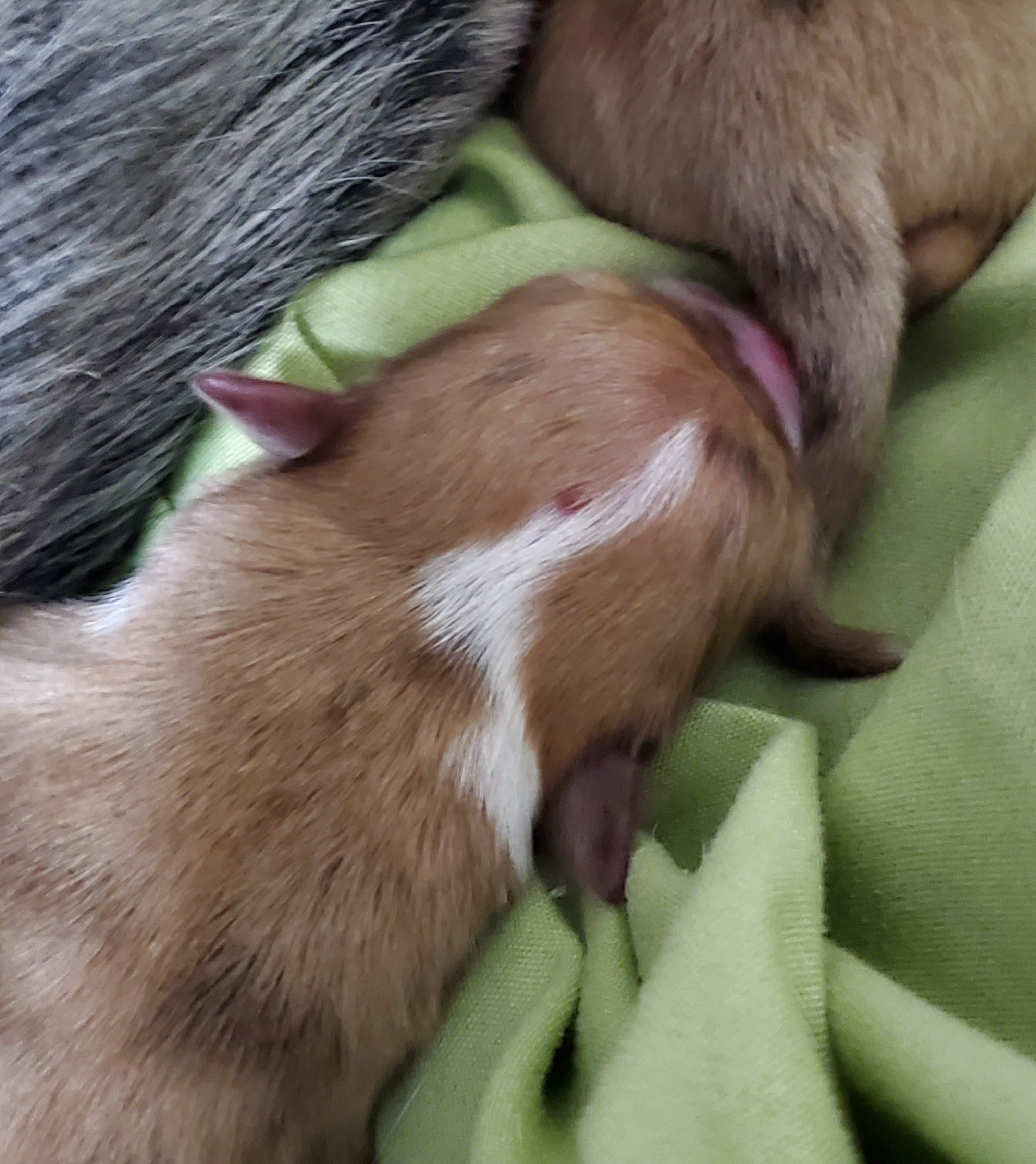
After she has done that, pick them up and suction out their nose and mouth as best as possible with the nasal aspirator. You will also want to wipe them down with a towel to make sure they are dry. Wet puppies are cold puppies. After everyone is cleaned up, you may see minor red dots or bumps on the puppies, this may be from mama’s teeth and when she broke the sac. These will heal quickly! While she keeps giving birth, keep taking out dirty puppy pads and replacing them with clean dry ones.
As long as your pregnant mama dog is doing all of these things, you can remain hands off for most of the process. Move the clean babies out of the way so mama can get to the newest puppy as more puppies are being born. In some cases, the mama will stop feeling when they are born and not realize they need to break the sac and start cleaning. This will help show them what to do.
Possible Complications
Maternal Aggression
This is a type of aggression found in mother dog’s going through pregnancy and mostly labor. This is where the mama dog becomes protective of themselves and their puppies. If this is the case, she will give off warning signs she doesn’t want you involved in the birthing process. She will become stiff and growl and snarl at you when you attempt to approach. Give her space. You do not want to pressure her because any form of stress can cause complications.
If any of the following complications arise and you need to get involved, try persuading her to let you join in by feeding her calcium snacks as you slowly approach and start handling the puppies. Key is to go slow and reward her for allowing you to participate in the birth.
Abnormal Discharge
Possible signs of an infection would be if discharge from the vaginal area is green and has a funky odor. Also, if there is red bloody discharge when there are no signs of labor can be a sign of a pregnancy complication. This may also be paired with a fever; body temperature over 102 degrees.
Pushing Too Long
When the mama dog goes into labor, she will need to push to pass the puppies from the uterus, through the birth canal, and out into the world. If she is pushing for a very long time and nothing is happening, she will need to be seen by a Veterinarian. There should be no more than 2-3 hours of pushing from when labor begins.
This also goes for pushing in between puppies being born. If there are 2-3 hours of pushing between births and it is known there are more puppies, get her to a Veterinarian. Most likely a puppy is too big to be pushed into the birth canal and she will need medication or surgery.
Puppy Stuck
The process of the puppy leaving the mama should be a smooth action. If you notice a puppy is stuck but visible, you will need to assist mama and pull the puppy out. Make sure you are wearing gloves. Try to hold the head to prevent the puppy from moving back into the birth canal. Try not to break the sac because if you do so, the puppy may attempt to start breathing and it can choke or suffocate in this position.
The best course of action is to apply lubrication and slowly pull. Best lubricate that is safe for this is Dawn dish soap or KY jelly. Just quickly rub it around the puppy and vaginal area.
Puppy Born Breech
Breech means that a puppy is being born feet first, instead of head first. This is not common but does happen. If this happens the puppy may get stuck with its head inside mama still. Again, do not let the sac break or the puppy may attempt to breathe. Apply the lubricant and slowly pull the puppy out. If more than one puppy is born breech, get her to a Veterinarian for them to assist for the remaining puppies.
Puppy Born Not Breathing
A puppy may be born not breathing. For this you need to act quickly. First, remove the sac and check the puppy’s airways. Suction the nose and mouth with your nasal aspirator. Then you need to tip the puppy so its rear is up higher than its head. Then lightly shake the puppy. This will bring any fluid in the puppy’s lung out of their mouth. Then start rubbing the puppy with a clean towel on their back and front. This should start encouraging them to breathe.
Still Born Puppy
Sadly, there is the chance that a puppy will be born dead. If you have tried all the above steps to try and get the puppy to breathe, sadly it has not made it. If you keep the puppy in the whelping area, the mama will try to clean and nurse the puppy. This will hinder other puppies from being cleaned and getting fed. Remove the puppy so the mama dog can take care of her other puppies.
Caring For Newborn Puppies
After everything is said and done, you will come to realize that you have just begun the longest fostering of your foster career! Raising puppies is the most rewarding and fun thing you can do as a foster! To learn more on raising a litter of puppies, check out Raising A Litter Of Puppies From Birth.
